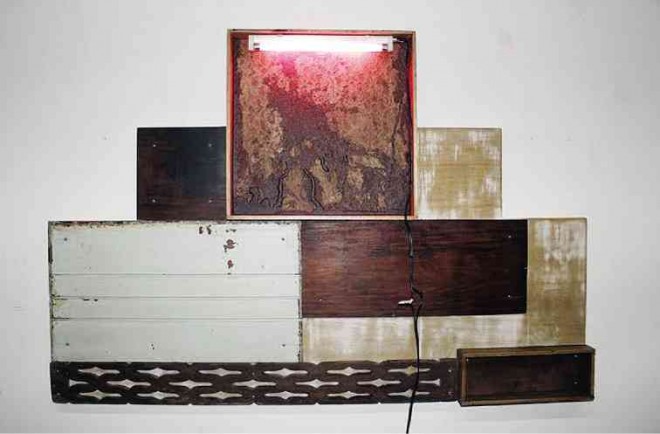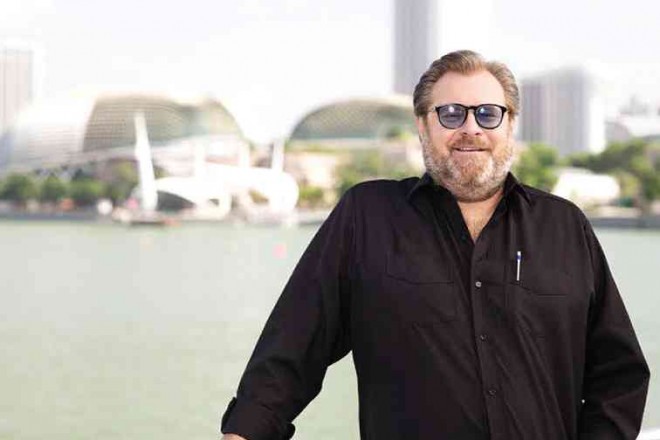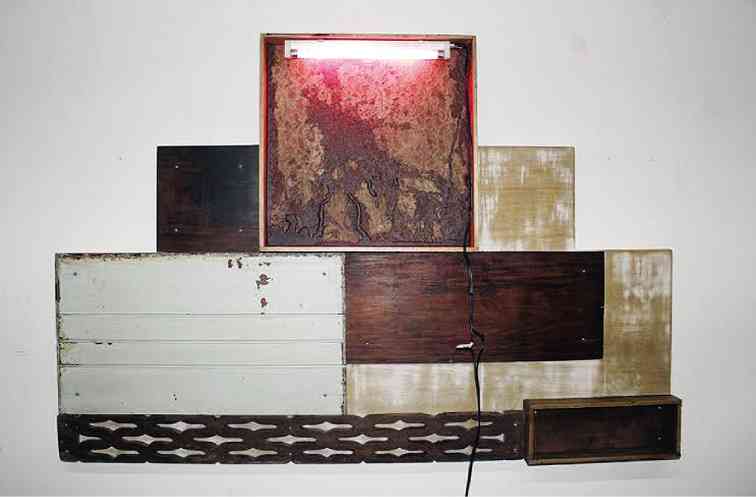
FOR A relatively young fair, Art Stage Singapore has done an impressive job of bridging the segmented Southeast Asian art scene, bringing together artists, galleries and collectors in what can be called arguably the main regional art event to kick off the new year.
During the fifth edition in January this year, Art Stage Singapore drew some 51,000 visitors from all over the region.
When the sixth edition unfolds Jan. 20-24, 2016, as the anchor event of the Singapore Art Week at the Marina Bay Sands Expo and Convention Centre, the fair is expected to outdo itself with 143 galleries from 32 countries participating, more so with the introduction of the Southeast Asia Forum that seeks to emphasize the balance between art, commerce and content.
With the theme “Seismograph: Sensing the City—Art in the Urban Age,” the Southeast Asia Forum will take a more focused view into broad global issues affecting society. It draws attention to contemporary art’s significance in the development of cities and the population’s way of living as well as the artist’s role as seismographs of society’s pulse in Southeast Asia. Discussions will see contemporary art moved outside of its comfort zone and connected to the larger society so as to involve individuals from other fields.
“Art is an important factor in a society’s development,” said Lorenzo Rudolf, founder and director of Art Stage Singapore. “It should create new ways of thinking and be integrated in social debate.”
Rudolf was in Manila recently to drum up interest in the 2016 edition of the still nascent art fair. He met the local press at the Blackbird Restaurant in Nielson Tower in Makati.
The forum, according to Rudolf, will feature an exhibition of 10 projects by artists who will shine a light on issues revolving around rapid urbanization. One such work is “100 Altars” by the Philippines’ Norberto Roldan.
The wall assemblage consists of debris—lattice works, worn-out corrugated galvanized sheets, old wood panels, tube lighting—from demolished old houses in Quezon City. It pays tribute to a bygone era depicting a rich history of a simple and peaceful community. It stands witness to misguided notions of progress and social decay, to the rise of capitalist interests in urban communities.

And while art in the region remains segmented, Rudolf believes that it is very important to bring the art scene together, which is exactly what Art Stage Singapore has set out to do since it began in 2011.
“If you ask a Chinese art expert what’s the best in Japan, they may not know much about it,” Rudolf said. “If you ask the Japanese what they know about Indonesia, same. Ask the Indonesian what they know about Korea, same.”
New markets
What makes Art Stage Singapore a prime event, according to Rudolf, is that it is able to build new markets, and it has its own clear brand and identity.
“Art Stage Singapore is still a baby,” he said, “but as a young fair, we always have to be a step ahead of the big and established ones, just like in every other industry. We know exactly what we do. That is how we keep things fresh and young.”
Rudolf said that to be in Southeast Asia means to be at the center of an emerging art scene, and that Singapore is ideal for witnessing that emergence because of its stability and high quality of life.
“It’s a place of luxury,” Rudolf said. “It is the center of an entire region. It is multicultural, and it is ideal to do something central here that is not just Singaporean in nature but Southeast Asian. Singapore has a lot of potential if they embrace the entire Southeast Asia.”
And there is indeed potential for growth with the emergence of millennial art collectors. They may or may not know a lot about contemporary art, but that is where the excitement of bringing them together with longtime collectors and artists comes into play at Art Stage Singapore.
“We have to bring them to the art and explain it,” Rudolf said. “At Art Stage Singapore, we don’t just sell square meters of space to galleries and that’s it, and we certainly do not educate people about contemporary art by showing them prices. It goes deeper than that.”
Follow the author on Twitter @dxmatilla; e-mail [email protected].













































